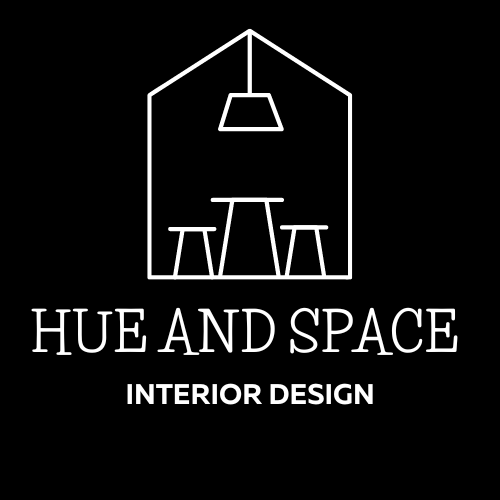6 reasons to hire a professional Interior Designer
Design decisions can be overwhelming. It’s not wrong to ask for advice.
It’s not just about time and money; it's about years of experience and the ability to know what a space will look and feel like in advance.
The first decision is always easy. You buy a sofa, paint a wall, choose a new rug. When you move on to your second and third decisions, you might begin to falter. How do you bring it all together? Why doesn’t it look the way I thought it would?
Is it all getting too much?
Now may be a good time to hire some professional help
So, when is the right time to engage a professional interior designer?
When you’re uncertain about how to make a space more functional.
When your space isn’t working, and you don’t know why.
When you’ve started decorating, you feel out of your depth or overwhelmed by choice.
When you’ve become paralysed by indecision.
When you’ve tried but can’t put together the look that you can picture in your mind.
When your builder is pressing you for answers.
It’s at these moments that professional interior design expertise is invaluable. A professional interior designer will share their knowledge and trained eye and, most importantly, focus your attention on the important details. They can confirm your choices, offer alternatives, or help you to start over.
It’s much more than simply finding your style.
Interior designers are trained to visualise spaces in two and three dimensions so that they can provide advice on -
The best possible arrangement and size of furniture to ensure flow and circulation.
The best use of space, light, colour, pattern, and texture to create harmony and contrast.
How to use the art of layering to create depth and interest.
The appropriate use of materials and finishes to enhance the design and honour the architecture of your building.
Why it’s important to layer lighting and where to place task, accent, and ambient light fixtures.
Creating zones and giving them definition.
How to use colour proportionally.
How to visually manipulate a space to reduce the proportions of a room or give the illusion of more space.
How to use colour to evoke the mood or atmosphere that you’re after.
When you’ve got limitations to overcome or features to highlight, an interior designer can show you how -
Organic curves or geometric shapes create different perceptions in a space.
Horizontal, vertical, and dynamic lines can draw visitors' eyes up to high ceilings or across to extend a view.
The scale and proportion of art and mirrors are critical to a successful design.
An interior designer’s toolkit is full of ways to use design elements and principles to create amazing spaces. The application of these skills explains why a professionally designed space feels different and why certain spaces make us feel relaxed, want to linger longer or work more productively.
So now you want to hire some help. Where do you begin?
How do you choose the RIGHT designer?
Choice can add to your confusion, and there are LOTS of choices.
Make a start by doing your research. Ask your friends and colleagues for a referral. Or you can search on Instagram and Google. Look for a local designer and see if their work and aesthetic resonate with you. Follow the ones you like to get a feel for who they are.
While their aesthetic will first attract you, a good interior designer can achieve any style. So, as a first step, it’s worthwhile picking up the phone and talking to them. Be ready to answer their questions and have questions for them in return. Be clear on what you need and have a budget in mind. Good designers can work with any amount.
If you’re unsure about working with a designer, ask about their process, availability, and fees. If they’re not willing to be transparent with you, move on.
When you first contact a Designer, it’s good to be clear about what level of involvement you’d like to have. Some studios like a big reveal, while others are more willing to collaborate and work with you as a part of the team.
Before you commit, you need to feel comfortable and feel that they understand you and your situation. You also need to know that they can work at your pace and be easy to communicate with.
If you decide to move forward, the initial meeting generally involves a site visit. Allow 1 to 2 hours, and use the time to ask detailed questions and share any ideas. Be firm about your likes and dislikes, must-haves, and areas where you can compromise. The designer will also have questions to ask you before they can go away and develop a concept.
Once the concept has been approved by you, the design will be developed in much greater detail. A floor plan, elevations, joinery details, and 3D renders, along with paint, material finishes, furniture, and décor schedules, are some documents you can expect to see in your completed design. During this phase, you can make amendments and changes to drawings, ask for material samples, and accompany the Designer on showroom visits. Completing the design can take a few weeks or much longer, depending on the project's complexity and how quickly you can make decisions and provide approvals.
From expert advice to implementation, Interior Designers offer a wide range of services. These range from straightforward colour consultations or room styling to full renovation or new build design. Some designers will partner with your builder and architect and may offer project management services.
Our clients consider our services an investment in the increased value of their home and a fun and insightful experience overall.





